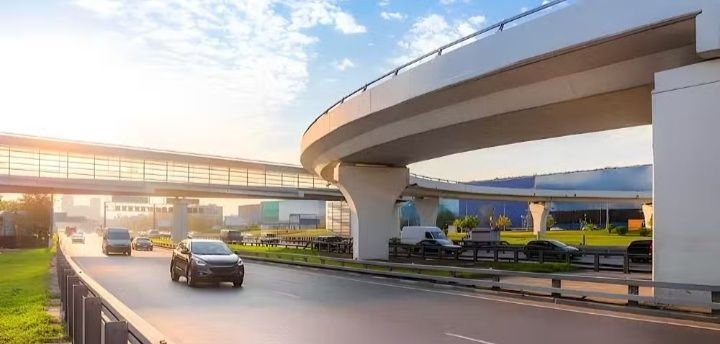The Punjab government has unveiled a Rs. 150 billion development plan for Rawalpindi under its Annual Development Programme (ADP) for the fiscal year 2025–26, with a strong emphasis on infrastructure upgrades to resolve the city’s growing traffic congestion.
At the heart of the initiative is the Mall Road Signal-Free Project, a transformational scheme aimed at easing vehicle flow across one of Rawalpindi’s busiest corridors. The plan includes construction of several underpasses and flyovers at key traffic choke points to ensure uninterrupted commuting.
Major Projects and Allocations
Among the significant projects under the plan are:
- Race Course Underpass: Total cost Rs. 2.6 billion, with Rs. 54 million allocated this year
- Chairing Cross Underpass: Rs. 1.5 billion cost, Rs. 54 million allocated
- Army Graveyard Chowk Underpass: Rs. 1.9 billion project, with Rs. 68 million released
- Kutchery Chowk Underpass and Road Widening: Rs. 4.45 billion total, Rs. 160 million allocated
- Iftikhar Janjua Road Underpass: Rs. 1.93 billion cost, Rs. 69 million set aside
- Jinnah Park Flyover: Rs. 4.15 billion budget, Rs. 149 million allocated
- Ammar Chowk Flyover: Rs. 3.45 billion project, Rs. 124 million approved
- COD Chowk (Range Road) Underpass: Rs. 3.75 billion, Rs. 135 million set aside
- Tulsa Road Adiala Underpass: Rs. 1.69 billion project, Rs. 61 million allocated
Transforming Urban Mobility
These projects are expected to transform Rawalpindi’s urban traffic infrastructure, reducing bottlenecks and enhancing connectivity between residential, commercial, and cantonment areas. Locations like Ammar Chowk, Jinnah Park, Kutchery Chowk, and Iftikhar Janjua Road are currently high-traffic zones that witness daily gridlocks, and the new infrastructure is expected to greatly alleviate commuter stress.
Strategic Vision
According to urban planners, this investment aligns with Punjab’s broader strategy to:
- Improve urban mobility
- Reduce travel time within Rawalpindi and surrounding areas
- Enhance road safety and efficiency
- Boost economic activity through better access to business districts
The signal-free corridors and bypass solutions are also expected to support long-term growth by accommodating future increases in traffic volume.







0 Comment